Political Situation
On 19 June 2018, the Bhartiya Janata Party (BJP) pulled out of the Mehbooba Mufti Government in Jammu and Kashmir (J&K). The alliance was formed after the elections in 2015. The mandate during the elections was fractured. It was incredible that late Mufti Mohammed Sayeed along with the BJP formed a government which moved smoothly during the initial period. His passing away saw his daughter Mehbooba become the Chief Minister and she could not run a cooperative team. The issues that led to the break up are as under:-
- The first was Mehbooba’s Kashmir–centric approach. Her focus was primarily on the Kashmir region. The BJP felt that its stronghold the Jammu region was being ignored which was detrimental to the Party’s interests.
- The next aspect was the rise in militancy due to radicalisation and lack of opportunities for the youth. The local youth, particularly in the Southern districts of Kashmir, were turning to terrorism and there was no discouragement from the Chief Minister to stop this aspect.
- In Kathua, an eight year old girl was raped and murdered. The People’s Democratic Party (PDP) was critical of the BJP going soft on the alleged party supporters of the accused. The local BJP leaders wanted a CBI inquiry into the incident while Mehbooba Mufti preferred probe by the state police. In the days following the incident BJP was observed losing ground in the Jammu region.
- The BJP was of the view that unilateral decisions were being taken by the former Chief Minister without consulting the BJP. The issues pertained to release of stone pelters, not to relocate Bakkarwals from the government land and doling out land grants to religious outfit Ahle Hadees. On the other hand, the BJP could not get any concessions on the Amarnath land issue.
- During 2014 elections, the BJP had promised to resolve the Kashmir issue. As things stood, the problem remained and there was a need to take drastic action against the militants. With Governor’s rule in Kashmir, Modi Government would be in a better position to tackle separatism and militancy in the Valley.
Meanwhile, politicians were keen to form a government which excluded the BJP before the six months deadline ended on 19 December 2018. Elements within the National Conference, PDP and Congress wanted to form a coalition to defend the special identity of the state, politically and legally. The efforts were being led by former Education Minister Altaf Bukhari from the PDP. In this connection, the erstwhile Chief Minister Mehbooba Mufti faxed a letter to the Governor. Meanwhile Sajjad Lone with possibly 18 PDP MLAs and the BJP was also working out an alternative. The situation was not clear and to avoid consternation, the Governor dissolved the Assembly on 21 November 2019. This would lead to fresh elections. The timing of the same would be known shortly. It may take place at the same time as General Elections are held in 2019 or may be earlier. The Election Commission will take a decision taking all issues under consideration.
The Municipal Elections were held in four phases from 08 to 16 October. PDP and the National Conference did not participate in the event. The overall percentage of the vote was 35.1 percent. The results were declared on 20 October 2018. The Independents won maximum seats in Kashmir and the Muslim dominated districts of the Jammu region. The BJP won bulk of the seats in Jammu Region. The Indian National Congress won all the seats in Ladakh. Currently the Panchayat elections commenced on 17 November 2018. The elections are being held in nine phases terminating on 11 December 2018. The total number of panchayats is 35096. The first phase noted a turnout of 64.5 percent and the second phase 71 percent. This is a reasonably good turnout and indicates the eagerness of the people to vote democratically.
Overall, the political situation remains dynamic and it is for the civil administration to effectively govern the situation.
State of Militancy
Militancy is directly related to the political situation. The year 2013 witnessed the least number of militants active. It was possibly less than 100. There was a spurt in militancy after the killing of the militant Burhan Muzaffar Wani on 8 July 2016. He was part of the Hizbul Mujahideen and was killed at the age of 22. Protests and clashes continued for about six months after his death. Social media and Islamic radicals have been the cause for growing local militancy in four areas of Southern Kashmir comprising Kulgam, Shopian, Anantnag and Pulwama. It is also pertinent to note that South Kashmir was always a PDP stronghold and people were not taken into confidence regarding the coalition between the PDP and BJP. In Tral and Pulwama, the PDP could attract the followers of Jamaat-e-Islami and Hizbul Mujahideen by wearing the soft cap of separatism. The current concern is the increase of local terrorists which has been steadily increasing since 2016. In 2016, local recruits were 88, in 2017, the local recruits increased to 126, and currently the strength has crossed 140. It may be pertinent to note that out of the 300 terrorists operating in Kashmir, 70 are foreign and about 230 are local.
It is important to know the difference in the capabilities between the foreign terrorist and the local terrorist. The foreign terrorist is well trained and is a sharp shooter, and capable of undertaking operations with guile and dexterity. The most important aspect is that the foreign terrorist might survive for up to 15 years. The local terrorist is attracted to the ideal due to radicalisation and receives little training which does not make him survive more than 18 months. The security forces have progressively improved their methods of operating against these terrorists.
The Indian Army, the CRPF and the J&K Police have been sharing their intelligence and undertaking joint operations. Though reported extensively in the media, the Indian Army has officially denied carrying out ‘Operation All Out’ against terrorism in Kashmir. The Army authorities have clarified that in order to bring peace in the Valley they are undertaking kinetic operations and non-kinetic operations. There were 200 terrorists killed in 2017 and this year the number of terrorists killed has exceeded 200. On 23 November 2018, six terrorists were killed in a joint operation at Bijbehara area in Anantnag district. All these terrorists were Lashkar-e-Taiba and one of them was involved in the murder of journalist Shujaat Bukhari on 14 June 2018. All these kills are being achieved based on good actionable intelligence. The Army has also requested the parents to call their sons back who have joined the militancy. This is a straight forward approach to curb locals from entering terrorist ranks.
Pakistan and its Role
Pakistan continues to play an active role in terror activities in J&K. Currently, it is estimated there are about 2500 trained terrorists are waiting to be inducted. It is estimated there are about 55 terrorist camps which are being used in Pakistan Occupied Kashmir (PoK) to train and launch these terrorists. As per reports from the Indian Army, Pakistan is making at least three to four attempts every day to infiltrate elements across the Line of Control. The Indian Army had undertaken surgical strikes in 2016 to neutralise some of the terrorist camps.
We can launch similar strikes by using firepower duly adjusted by Unmanned Aerial Vehicles (UAV) to ensure degradation of important terrorist locations. Our strength in firepower must be used to engage terrorist communication centres, logistic lines of communications and camps. These can be degraded and effectively destroyed by accurate artillery firing. This needs to be done at sporadic intervals using small quantities of guns and ammunition to avoid unnecessary conflagration.
Way Ahead
As expressed lucidly by Brigadier Anil Gupta in an article in the Indian Defence Review (Issue Vol.33.3 Jul-Sep 2018), Kashmir is an integral part of India. This must be correctly communicated by the media as also in educational institutions. Pakistan’s role in spreading terrorism must be highlighted. The political process of Panchayat Elections followed by Assembly and General Elections should be utilized to engage the electorate for the next six months.
The issue regarding terrorism today revolves among the youth of Kashmir. A large section of the youth realise the need to move ahead and join the national stream. The other section is the radicalised groups who are prepared to join the militants despite many of them being gainfully employed. Currently these terrorists are looking towards the creation of an exclusive Muslim state governed by the Sharia. Pakistan has been encouraging the spread of Wahabi Islam through organisations such as Jamiat Ahle Hadees. This organisation is working for the establishment of a Sunni Islamic Caliphate. The other organization, Jamat-e-Islami, is working for ‘freedom’ for Islam. In reality there is a similarity in their objectives which attracts the estranged youth to be radiacalised and join the terrorists in their activities.
Spread of Wahabism is mainly through the mosques and madrasas which have mushroomed due to free flow of petro-dollars. There are other causes for the spread of radicalisation which comprise of the frequent closure of educational institutions, internet, peer discourse, and social media including whatsapp groups operated from across the border. Most of the clerics in Kashmir who specialise in radical speeches are from outside the state and often a religious gathering is followed by stone pelting against the Security Forces. Accordingly there is an urgent need for counter- radicalization process.
The process of counter-radicalisation must begin from educational institutions. The current syllabus must be revised to project Sufist tradition of Kashmir. Important facts like Srinagar being established by Ashoka and Buddhism being spread across China and Japan by Kashmiri monks must be conveyed to bring in realistic perceptions. Misuse of religious places and congregations to spread radicalism needs to be stopped. Further, the clerics who are spreading hatred must be deported back to their home states. Madarsas must be modernised and their funds audited. Syllabii of the Madrasas must be examined by the Department of Education of the State Government. Initiatives like the Indian Army’s ‘Kashmir Super 50’ is a step in the right direction. Along with removal of the Wahabi clerics education would be the biggest healer.
Switching to politics, dissolution of the Assembly must lead to early elections. There is a need for the people to elect a stable government and for the politicians to bring in a stable administration. In the interim, the Governor must ensure that the administrative set up remains toned up. It is interesting to note that the people in J&K are turning up in large numbers for the Panchayat Elections and that is likely to throw up fresh alternatives.
Conclusion
J&K is an extremely important state for the country. The current year has seen the dissolution of the Assembly, the conduct of Municipal Elections and the Panchayat Elections. On the militancy issue, more than 200 terrorists have been eliminated. The youth must be brought to the main stream for which a counter-radicalisation process must be set in motion. Sufism must be brought back into Kashmir. Further, education is the best way to counter radicalism. Processes like the Indian Army’s Kashmir Super 50 would be a step in the right direction. Pakistani involvement would continue and we must able to handle it as well as the social media for our benefits. Overall continuous efforts by the Government and Security Forces would be required to form a strategy to deal with dynamic issues in the State.
(The paper is the author’s individual scholastic articulation. The author certifies that the article/paper is original in content, unpublished and it has not been submitted for publication/web upload elsewhere, and that the facts and figures quoted are duly referenced, as needed, and are believed to be correct). (The paper does not necessarily represent the organisational stance... More >>
Image Source: https://images.sakalmediagroup.com/eSakal/s3fs-public/styles/generic_md_75/public/news-story/cover-images/3jammu_kashmir_politics.jpg

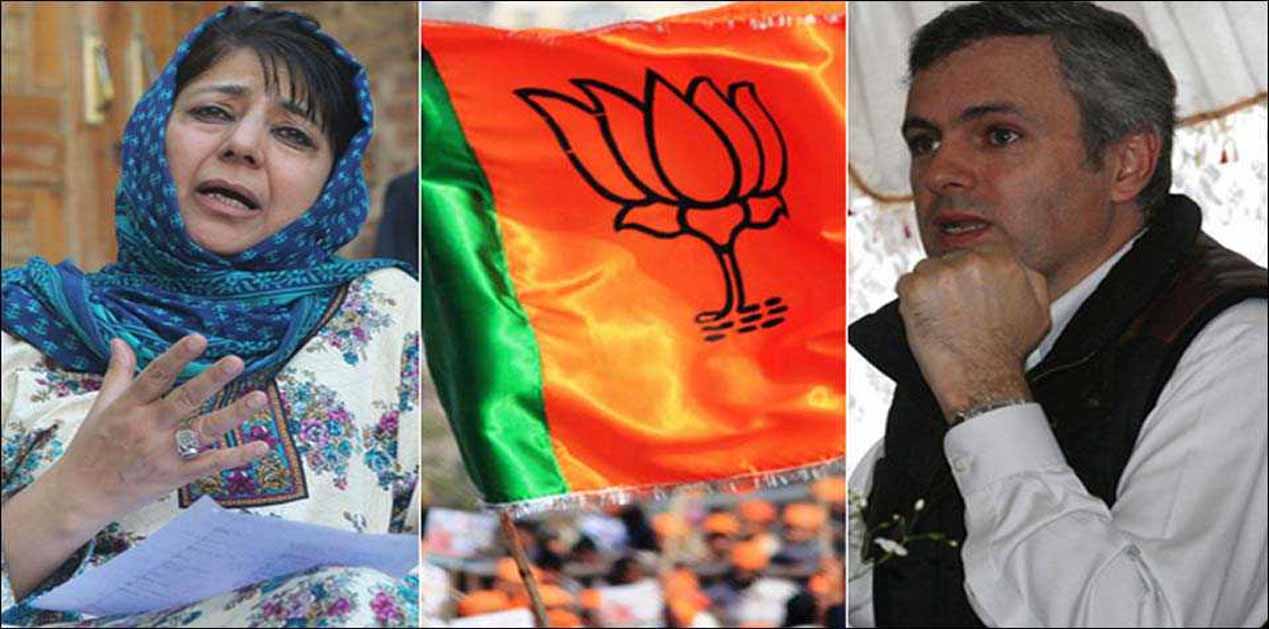
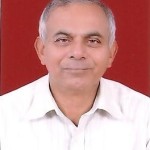

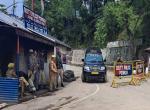

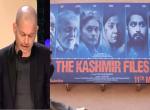
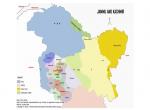
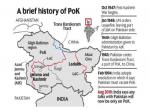
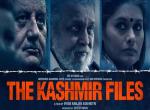
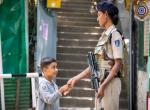
Post new comment